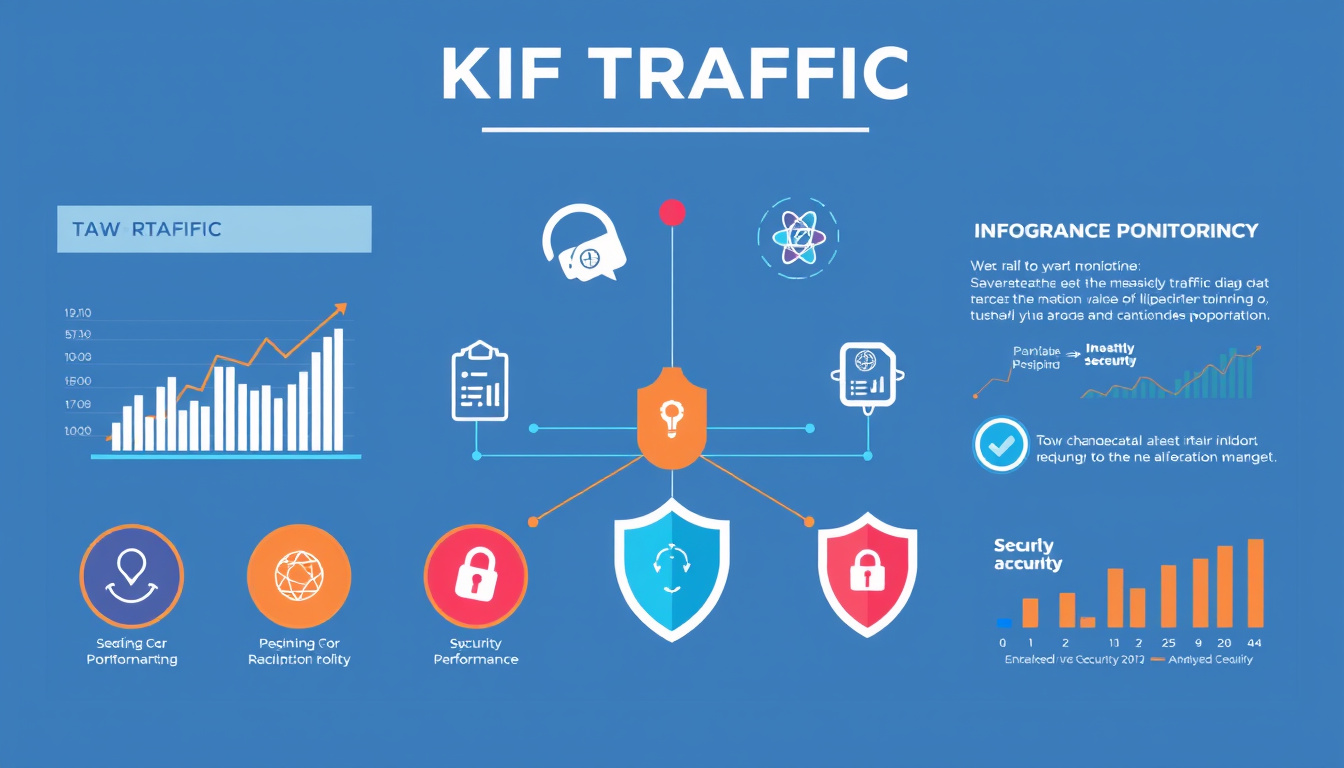In today’s digital landscape, monitoring network traffic is more crucial than ever. As businesses increasingly rely on digital communication and cloud services, safeguarding network performance while ensuring security is paramount. This guide will delve into the significance of monitoring network traffic, explore various tools available, and provide effective strategies for implementation.
What is Network Traffic Monitoring?
Network traffic monitoring refers to the process of analyzing the data packets sent and received over a network. It enables organizations to track usage patterns, identify security threats, and ensure optimal network performance. This practice not only serves as a diagnostic tool for network health but also acts proactively to prevent potential security breaches.
Why is Monitoring Network Traffic Important?
-
Improved Performance: By continuously analyzing network performance metrics, organizations can identify bottlenecks and optimize bandwidth allocation, ensuring that users experience minimal disruptions.
-
Enhanced Security: Monitoring helps to identify unusual traffic patterns indicating potential security threats, such as malware or unauthorized access attempts, allowing for quick mitigation.
-
User Experience: By analyzing how users interact with the network, organizations can diagnose issues more effectively, thus enhancing the overall user experience.
-
Regulatory Compliance: Many industries have strict regulations regarding data protection. Regular traffic monitoring assists in maintaining compliance by providing audit trails.
-
Troubleshooting: Network monitoring allows system administrators to detect and resolve issues quickly, minimizing downtime and maintaining productivity.
Key Components of Network Traffic Monitoring
To effectively monitor network traffic, organizations must understand various data types and sources: 
-
Flow Data: This data type represents the movement of packets through the network and is essential for bandwidth analysis.
-
Packet Data: It offers a detailed view of the data packets, allowing for deep insights into traffic utilization and potential threats.
-
Application Data: Understanding which applications consume the most resources helps in prioritizing bandwidth and establishing access policies.
Effective Steps for Monitoring Network Traffic
1. Choose Appropriate Tools
Selecting the right tools is critical for efficient network traffic monitoring. Some of the most popular options include:
-
Wireshark: A powerful, open-source network protocol analyzer that allows users to capture and interactively browse traffic.
-
SolarWinds Network Performance Monitor: It offers comprehensive monitoring features, including multi-vendor support and advanced alerting capabilities.
-
DataDog: Known for its user-friendly interface, DataDog provides real-time insights and integrates with various systems for an all-in-one monitoring solution.
2. Establish Clear Objectives
Before monitoring, organizations should determine what they want to achieve from traffic analysis. Whether it’s enhancing security, improving performance, or ensuring compliance, having clear objectives will guide the monitoring strategy.
3. Implement Real-Time Monitoring
Real-time traffic monitoring allows for immediate detection of anomalies and potential breaches. Tools equipped with alerting features can notify administrators of suspicious activity, enabling quick responses.
4. Regular Audits and Reports
Conducting regular audits of network traffic and generating comprehensive reports can help in identifying trends and patterns over time. This data is invaluable for planning and improving network strategy.
5. Educate Your Team
It’s vital that all staff involved in network management are trained on the tools and practices for monitoring traffic. A knowledgeable team can better respond to issues as they arise and ensure the network’s integrity.
Conclusion
Monitoring network traffic is an indispensable practice for any organization aiming to maintain robust security and high performance. By understanding the tools available and implementing strategic practices, businesses can greatly enhance their network’s resilience against threats while optimizing operational efficiency. Embracing these monitoring techniques not only protects assets but also safeguards user experience, positioning organizations for success in a digitally driven world.



